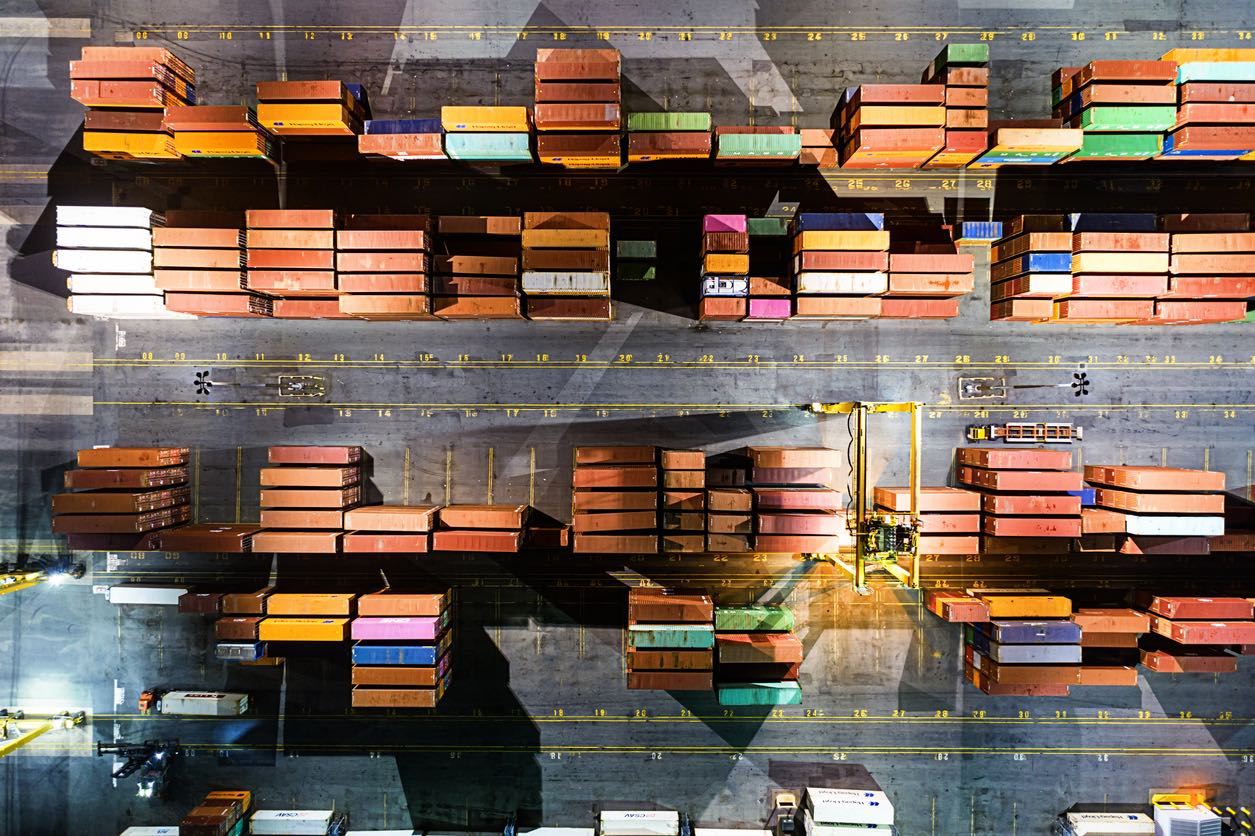Freight shipping is a vital pillar supporting global trade and commerce in today’s connected world. This service, which involves a number of parties, including freight companies and manufacturers, guarantees the transportation of a wide range of goods, including machinery and raw materials. A thorough understanding of freight shipping is necessary for effective company operations. It is the backbone of the world’s markets, bridging producers’ and consumers’ needs across borders with ease. In addition to stimulating economic growth, effective goods transportation also helps businesses to penetrate new markets. Sifting through the intricacies of freight shipping is essentially the same as reaching the center of the world economy.
More than just the actual movement of goods is involved in the dynamics of freight shipping. It covers a wide range of tasks like supply chain coordination, logistics management, and regulatory compliance. There is careful planning and execution involved in every stage of the process, from packaging and warehousing to transportation and delivery. Businesses can greatly improve their operational efficiency and competitiveness in the market by mastering these facets of freight shipping. Businesses can strengthen their position in the global market by optimizing their shipping strategies, cutting expenses, and enhancing service delivery by having a thorough understanding of these dynamics.

Not only does freight shipping transport goods, it sustains the global economy. It helps businesses worldwide trade globally and domestically. This shipping method moves massive amounts of goods across oceans, skies, and land, making it essential in today’s globalized market. Freight shipping involves many steps beyond transportation. It requires careful coordination, logistics planning, and legal and regulatory compliance. Businesses that need fast and efficient shipping must focus on freight shipping due to its complexity.
Freight shipping also indicates global economic health. Cross-border trade often reflects international trade and economic conditions. A rise in freight movement may indicate a strong economy, while a drop may indicate trade issues. Freight shipping methods and technologies also affect international trade. Containerization has transformed shipping, saving time and money. This evolution constantly changes global trade, emphasizing the need for businesses to keep up with freight shipping practices.
- Global Economic Integration: A key component of international economic integration, freight shipping links markets and permits the unprecedented exchange of goods. More varied market opportunities have resulted from this integration for companies of all sizes.
- Logistics and Coordination: Sophisticated coordination and logistics are essential for efficient freight transportation. Coordinating multiple components is necessary, including route planning, cargo scheduling, customs clearance, and delivery.
- Legal and Regulatory Compliance: Managing the legal and regulatory environment is a vital component of freight transportation. For the smooth and legal transportation of goods, compliance with environmental regulations, safety standards, and international trade laws is crucial.
- Economic Indicator: Freight volume and flow are frequently used as measures of the state of the economy. Variations in freight activity can reveal information about trade dynamics and global economic trends.
- Technological Evolution: Global trade efficiency has been greatly impacted by technological advancements in freight shipping, including the creation of more efficient ships and tracking systems. Businesses must adapt to these technological advancements if they want to stay competitive.
The importance of freight shipping in the overall picture of global trade is highlighted by each of these factors. Freight shipping continues to be a vital and dynamic part of the global economy, serving various purposes such as fostering economic integration and negotiating intricate legal frameworks.
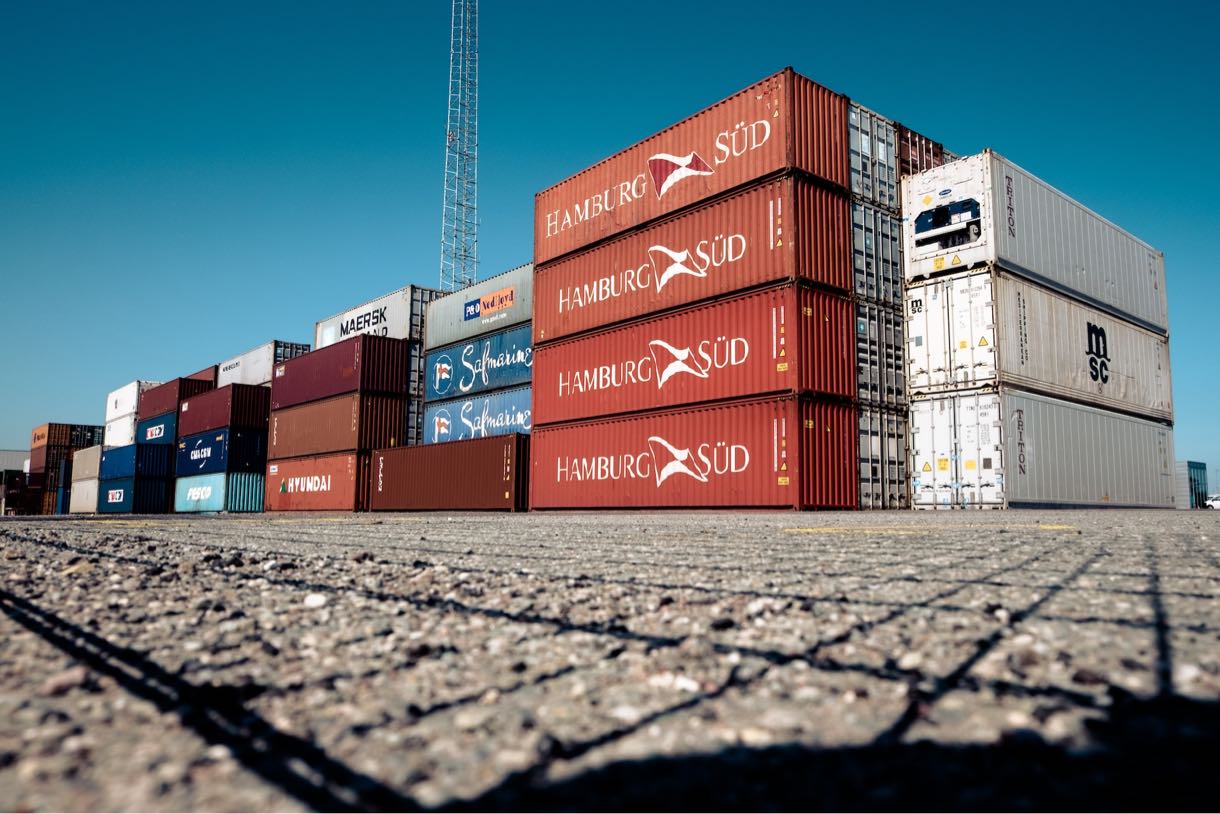
A complex ecosystem of manufacturers, suppliers, logistics companies, and transporters makes up the freight shipping sector. Together, these diverse networks move goods over a broad spectrum of distances and modes of transportation, illuminating the complex nature of this globalized industry. Everybody involved is essential to making sure that cargo is moved effectively and securely. The process of shipping is started by manufacturers when they produce goods that need to be shipped. Then, suppliers enter the picture and supply the components and materials required, integrating into the supply chain with ease.
The foundation of the freight transportation sector consists of logistics companies and carriers. Logistics companies manage everything, making sure that every stage—from storage to transportation—is carried out perfectly. The actual transportation of the goods, however, is the responsibility of transporters. To get goods to their final locations, they use a variety of transportation techniques, such as trucks, ships, and trains. These entities collaborate to create a responsive and dynamic network that can adjust to the constantly shifting needs of international trade.
- Manufacturers: Manufacturers produce the goods that need to be shipped at the beginning of the supply chain. They play a crucial part in choosing the kind of goods, how much, and where the pickup will take place in the first stages of the freight process.
- Suppliers: Inputs and materials that manufacturers require are supplied by suppliers, who frequently have a major impact on operations that have a tight deadline. They guarantee that producers always have access to the parts they need, which keeps the goods moving through the supply chain.
- Logistics Firms: These companies plan routes and handle all aspects of shipping, including warehousing. Their area of expertise is shipping process optimization, which increases cost-effectiveness and efficiency. They are the ones who plan ahead and make sure that every stage of the shipping process is coordinated.
- Transporters: Transporters, who actually move the goods, make use of a variety of transportation methods. They are in charge of ensuring the timely and safe delivery of cargo, overcoming obstacles like bad weather, heavy traffic, and logistical limitations to guarantee that supplies arrive at their destinations.
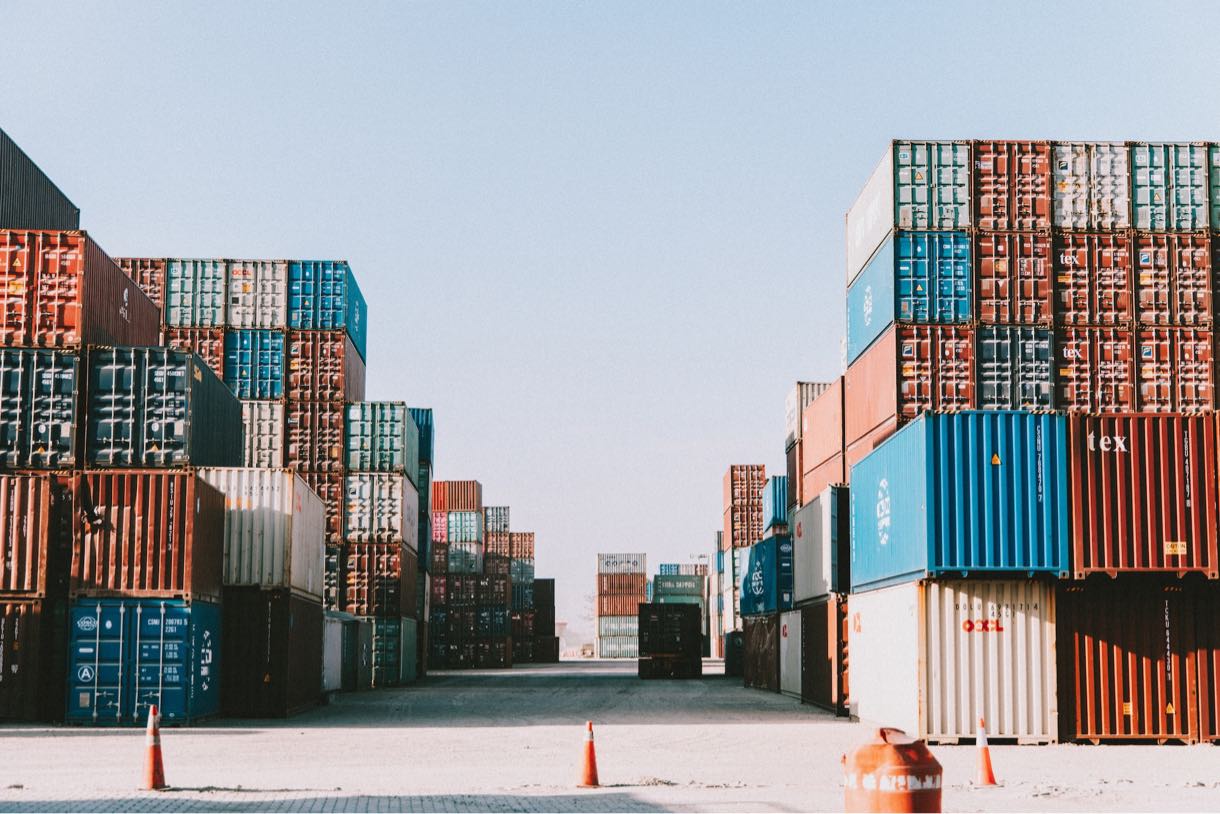
A multitude of factors influence freight shipping costs, each of which adds to the total cost in a different way. One of the main factors is the distance that goods are transported; longer trips usually cost more because they require more fuel and take longer. Significant effects are also caused by the cargo’s weight and type. Transporting heavier shipments uses more resources, which raises the price. Similar to this, different kinds of cargo demand different amounts of attention and care; for example, perishable or fragile goods might need special handling and packaging, which raises the cost.
One other important factor that affects freight costs is the mode of transportation. Even though air freight is quick, it is typically more expensive than land or sea freight. Sea freight is slower but more affordable for larger volumes due to its significant capacity. Although land transportation, like trucking, is flexible and necessary for last-mile delivery, the cost-effectiveness of land transportation depends on the distance and kind of cargo. Another important consideration is fuel costs, which are influenced by changes in the price of oil globally. The costs of shipments containing hazardous materials increase because they require special handling and must follow stringent safety and environmental standards.
- Distance of Transportation: Longer trips use more fuel and take longer, which raises the price.
- Weight and Type of Cargo: Heavier and special care cargo like fragile or perishable goods demand more resources, impacting the price.
- Mode of Transport: Options such as air, sea, or land transportation all have different costs associated with them, weighing capacity, speed, and cost.
- Fuel Costs: Transport expenses are directly impacted by changes in oil prices, particularly when shipping long distances.
- Handling of Hazardous Materials: Requires special procedures and adherence to safety standards, thus raising the overall shipping cost.
Every one of these elements contributes to the intricate computation of freight expenses, highlighting the necessity of meticulous preparation and thought in logistics management. Having a better understanding of these factors can help individuals and businesses choose their shipping methods more wisely, which could result in lower costs and more effective supply chain operations.

Long-distance freight transportation, particularly when it involves crossing international borders, inevitably results in higher freight expenses. The complexity of customs procedures and the increased fuel consumption required for longer transportation are the main causes of this increase. One major aspect of shipping costs is fuel, which generally increases in direct proportion to the distance traveled. Moreover, the expenses associated with international shipments are augmented by the need for comprehensive customs documentation and adherence to diverse regulations. These processes, which call for the assistance of customs officers and extra administrative processing, can be laborious and resource-intensive.
The type of cargo itself is a major factor in determining freight costs, in addition to distance. Certain kinds of goods require extra care and safety measures when being transported, particularly those that are categorized as volatile or hazardous. This includes chemicals, combustible materials, and perishable goods that need to be kept in temperature-controlled spaces. The cost is greatly increased by the requirement for specialized containers, higher insurance premiums, and adherence to stringent transport laws for such goods. Fragile goods that need to be packaged carefully to avoid damage also add to the cost of shipping.
- Fuel Consumption: Long-haul shipments cost more because more fuel is needed over longer distances. This is especially important for international shipping because these trips may span thousands of miles.
- Customs Procedures: Complex customs procedures are frequently involved in international shipments. Every nation has its own set of rules, and effectively navigating them calls for knowledge and frequently involves extra expenses.
- Handling Volatile Materials: Certain handling and safety precautions must be taken when transporting volatile materials. Specialized equipment and containers may be part of this, raising the cost of freight.
- Temperature-Control Needs: Certain products require temperature-controlled environments, such as perishable food items. Maintaining these conditions across large distances raises the cost of shipping considerably.
- Fragile Items: Fragile items need special packaging and handling during shipping, which raises the cost of handling and materials and raises the total freight costs.

The principles of supply and demand have a significant impact on the complex structure of market dynamics that the shipping industry operates within. When shipping services are in high demand during peak seasons, freight costs usually rise in tandem. Increased competition for shipping resources, like transport capacity and container availability, frequently leads to this increase. In contrast, shipping rates may decrease in the market during periods of low demand. This volatility is common in demand-cycling industries, and the shipping sector, which plays a crucial role in international trade, is no different.
- Peak Season Demand: There is more competition for shipping space during times of high demand, which are frequently associated with major international shopping events and holiday seasons. Due to shippers’ competition for the limited number of available containers and available transport capacity, this surge raises freight costs.
- Off-Peak Season Adjustments: On the other hand, the demand for shipping services decreases during off-peak seasons. Shipping companies might provide reduced prices in an effort to keep steady business. In order to draw clients who might be motivated to ship during these slower periods, this pricing strategy is employed.
The freight cost landscape is significantly shaped by international trade agreements and government regulations. These rules may include trade tariffs, environmental restrictions, and safety requirements. Each of these things directly affects the operational expenses that shipping companies incur. For example, increased operational costs could result from the need to invest in cleaner technologies due to stricter environmental regulations. Furthermore, tariffs and international trade agreements have the potential to significantly alter freight costs. Tariff changes may affect which commodities or trade routes are more cost-effective, requiring businesses to modify their logistics plans.
- Impact of Regulations: Operating costs are frequently increased by regulatory changes, such as tighter environmental or safety standards. The consumer may pay more for freight as a result of these expenses.
- Trade Agreements and Tariffs: Tariffs that fluctuate and international trade agreements can have a significant impact on shipping costs. A shift in tariffs may result in higher costs for specific routes, which would cause a change in the patterns and expenses of global shipping.
The intricate relationship between market dynamics and regulatory structures highlights how difficult it is to control freight expenses in the shipping sector. Shipping-related businesses need to be knowledgeable and flexible in order to successfully navigate these constantly shifting waters.

One of the main factors influencing freight costs is the size of the shipping container. Cost is affected by the amount of goods that a larger container can hold. This is subject to the requirement that the cargo’s weight not exceed the container’s weight limit in order to prevent further fees. The choice of container size involves striking a balance between volume, weight, and cost effectiveness in addition to simply fitting the cargo. Selecting a container that is too big might result in paying for extra space, while selecting a container that is too small could mean making multiple shipments, which would increase expenses.
Different cargo types require different container sizes, which adds another level of complexity to the decision-making process. Grain and liquid bulk items may require containers with specific dimensions or features, such as temperature control or reinforced walls. However, standard-sized containers may work better for smaller, more robust items. To choose the most economical container size, it’s critical to evaluate the type of cargo being shipped.
- Bulk Items: Larger containers or those with unique features like reinforced walls are frequently required for bulk items like grains or liquids. To ensure efficient and safe transportation, these items usually require additional space and specialized containers.
- Smaller, Durable Goods: Standard-sized containers can be effectively packed with stronger, smaller items. Because these containers are more widely available and don’t require special features, this allows for optimal space utilization and can lower shipping costs.
- Temperature-Sensitive Goods: The size of the container must take temperature control systems into account when selecting goods that are sensitive to temperature fluctuations, such as certain foods or medications. While it might have an impact on the total cost of freight, this guarantees the integrity of the goods during transit.
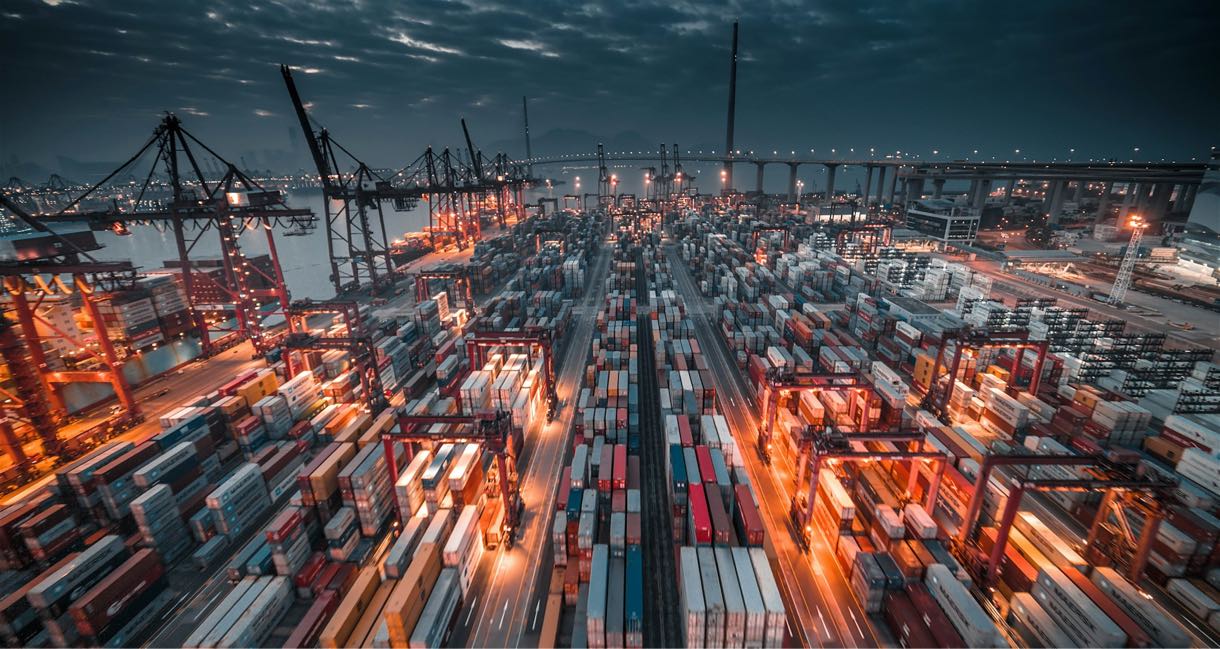
For freight shipping to be as economical as possible, choosing the appropriate container size is essential. The cost, safety, and effectiveness of the shipping process are all impacted by the size of the container selected. Though they can hold more, larger containers aren’t always the best option, particularly for heavier items. This is due to the weight limit that each container has, which can be exceeded to incur additional fees and cause logistical issues. To choose the right container size, the weight and volume of the cargo must be balanced.
Conversely, compact, heavier cargo may be better suited for smaller containers. They have the benefit of being simpler to manage and could lessen the chance of overloading. However, since more containers might be required, using smaller containers for heavier but bulkier items can result in underuse of available space and higher costs. The secret is to comprehend the cargo’s characteristics, including its weight and size. By accurately evaluating these variables, shippers can maximize their shipping strategy by selecting the most appropriate and economical container size.
Considerations When Choosing a Container:
- Cargo Weight and Size: Make sure the container size fits the dimensions and weight of your cargo. Overloading may result in additional costs and issues.
- Handling and Transportation: Think about how handling and transportation will be impacted by the container’s size. Greater space and specialized equipment might be needed for larger containers.
- Cost Implications: Examine the financial effects of various container sizes. Greater cost savings may be associated with larger containers, but underutilization can result in higher costs.
Every one of these factors is very important when choosing a container. Shippers may steer clear of the pitfalls associated with overloading and underutilization by carefully assessing the weight and size of the cargo. It is important to consider handling and transportation as well, since larger containers may require more equipment and logistical planning. Finally, a careful examination of the financial ramifications can indicate the most sensible option in terms of finances, guaranteeing freight shipping that is both efficient and economical.
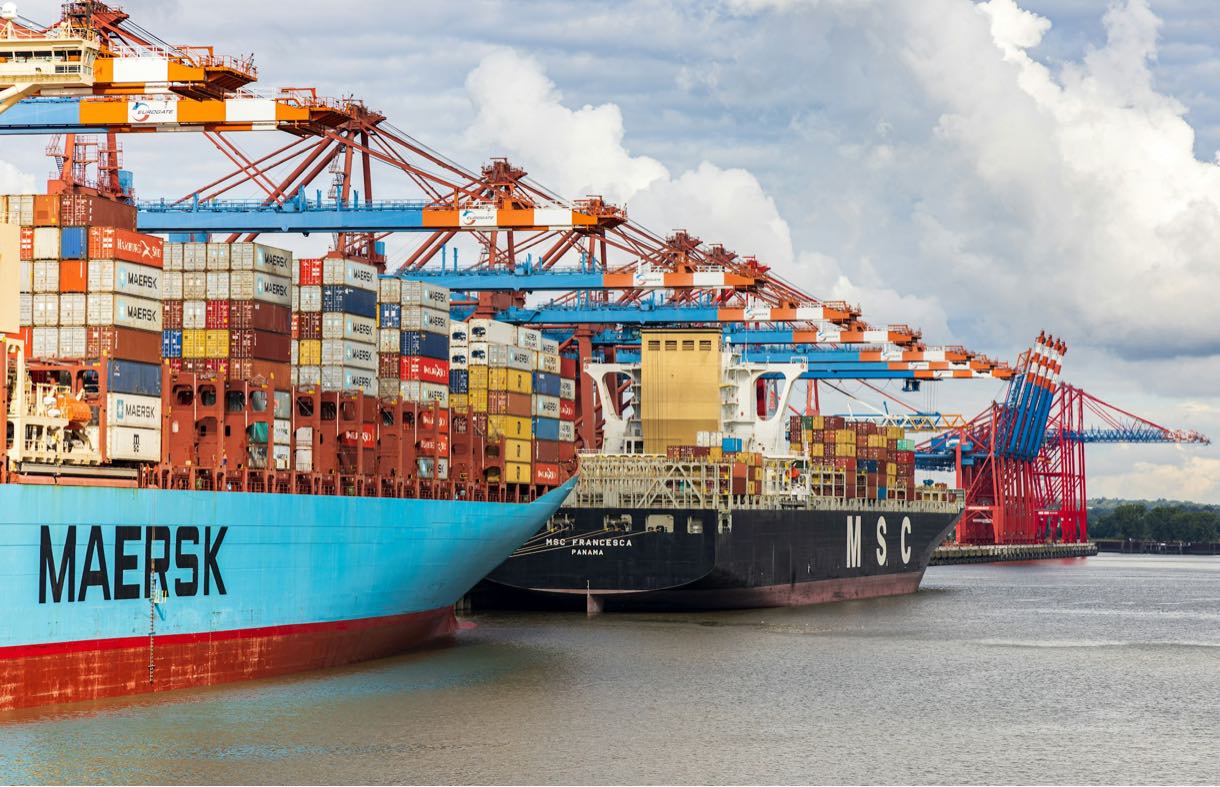
Global trade requires the intricate yet crucial component of freight shipping. It is imperative for businesses to comprehend the various factors that impact freight costs, ranging from market dynamics to container size. Significant cost savings and improved operational efficiency can result from well-informed decisions about container size and mode of transportation. If you dig a little further, you’ll see that every step of the shipping process—from route selection to carrier selection—determines the ultimate cost. Companies also need to think about the implications of making deliveries on time and the possibility of unforeseen delays, which can have an impact on expenses and customer satisfaction. Optimizing freight operations requires finding a balance between cost, speed, and reliability.
Furthermore, keeping up with both technological advancements and regulatory changes is crucial in the quickly changing world of global logistics. The adoption of digital tools can lead to more predictable and controllable shipping costs by streamlining processes, enhancing transparency, and improving tracking. It is also possible to avoid expensive compliance problems and create opportunities for cost savings through more sustainable practices by being aware of and responsive to international trade policies and environmental regulations. Long-term success in the fast-paced world of freight shipping ultimately depends on a thorough approach to managing freight costs that includes a deep understanding of all these aspects.

The best option for your freight shipping needs is Ship A Car, Inc. We provide unrivaled knowledge and service as a DOT and FMCSA licensed business with an A+ rating from the Better Business Bureau. Call (866) 821-4555 to speak with one of our experienced transport coordinators for committed assistance.
Q: What are the primary factors that affect freight cost per container?
A: The size of the container, the type of cargo being transported, the mode of transportation, the weight, and the distance to the delivery destination all have an impact on the freight cost per container.
Q: How does container size impact freight shipping costs?
A: The volume and mass of the goods that the container is able to hold are directly impacted by the size of the container, which in turn has an effect on the total freight charges. Fees are typically higher for containers that are larger in size.
Q: What makes Ship A Car, Inc. the most suitable option for the transportation of freight?
A: Ship A Car, Inc. is a freight shipping company that is fully licensed by the FMCSA and the Department of Transportation, and it has received an excellent rating (A+) from the Better Business Bureau.


